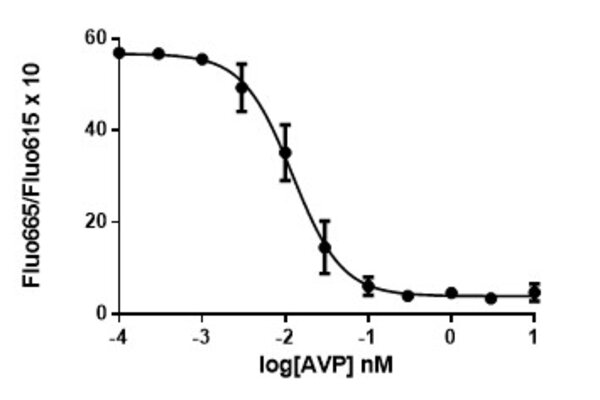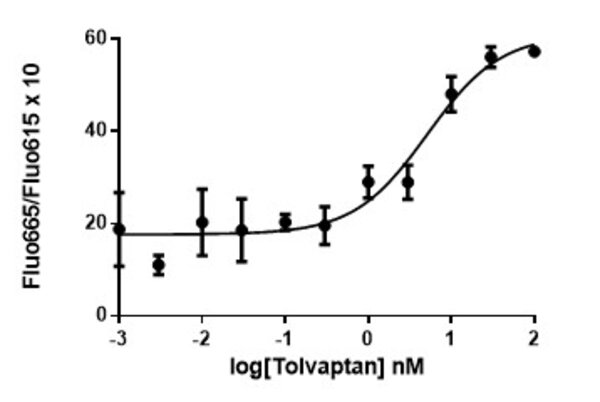Introduction
Cyclic adenosine 3', 5'-monophosphate (cAMP) is one of the most important second messengers involved in the physiological responses of neurotransmitters, hormones and drugs.
cAMP is produced from adenosine triphosphate (ATP) by membrane adenylate cyclase. Regulation of intracellular cAMP concentration is controlled by the balance between its synthesis from ATP and its rapid degradation to 5'-AMP by a phosphodiesterase (PDE). Some GPCR receptors can control cAMP production by acting via the activation of specific G proteins, which can stimulate (Gs) or inhibit (Gi) its production.
The measurement of intracellular cAMP is therefore a method for measuring the effect of compounds on some GPCRs.



